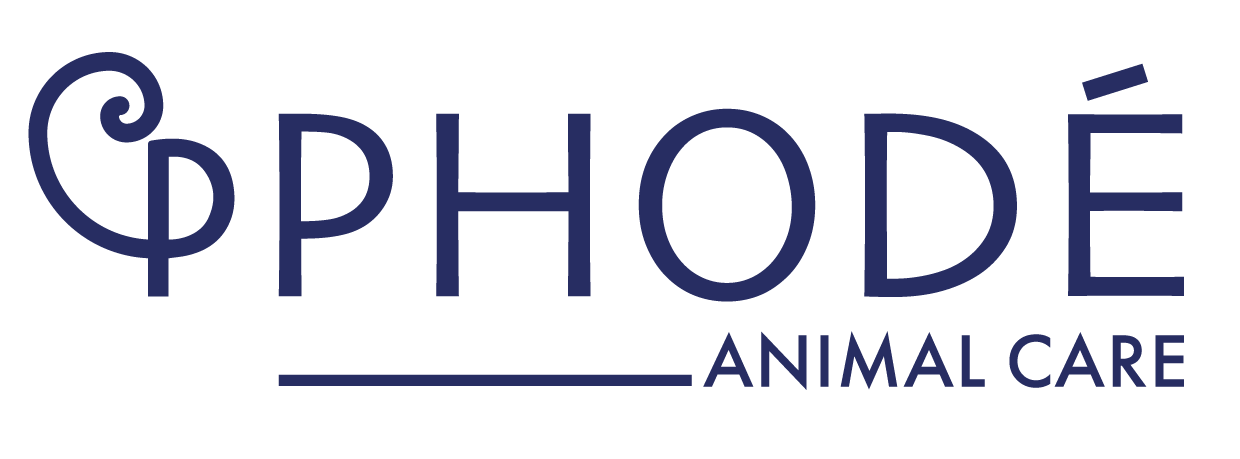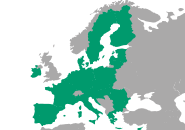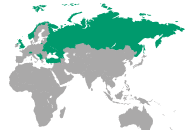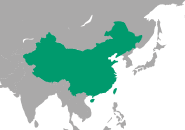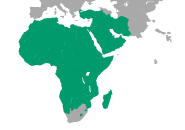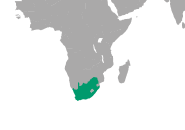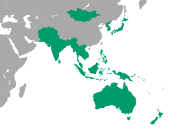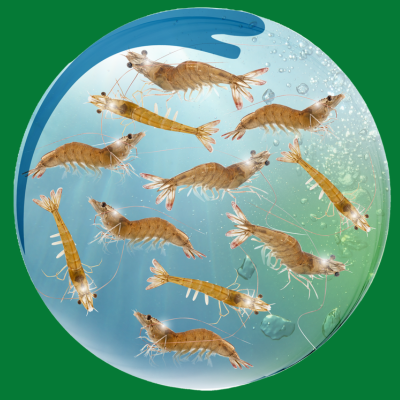
Olpheel Good is a sensory solution designed for the well-being of shrimp. It stimulates their chemoreceptive systems and thus their feeding behaviour.
It is composed of different olfactory nuclei that can contribute to:
- Stimulating shrimp interest in feed
- Stimulating shrimp feed intake via greater palatability
- Reducing the impact of stress factors and increasing feed intake
- Keeping shrimp in a good state of well-being
Why use Olpheel Good ?
Shrimp production is composed of different stages that occur in different environments, where shrimp develop through successive larval stages into adult animals. Managing these stages requires precaution as shrimp are fragile animals. Many stressful events can occur during the different phases: climatic changes, transport, infections and diseases, dietary changes or weather events, etc. These stressors affect shrimp, making them weaker, more exposed to pathogen risks in water as they do not have robust natural immune defences. It reduces their appetite which stops them from assimilating the energy they need.
Olpheel Good acts on shrimp feeding behaviour to enhance their feed intake and their appetite, which reduces stress-induced signals, as appetite and stress signals cannot be activated simultaneously. This leads to higher survival and growth rates, as well as higher biomass and productivity as observed in our clients’ farms.
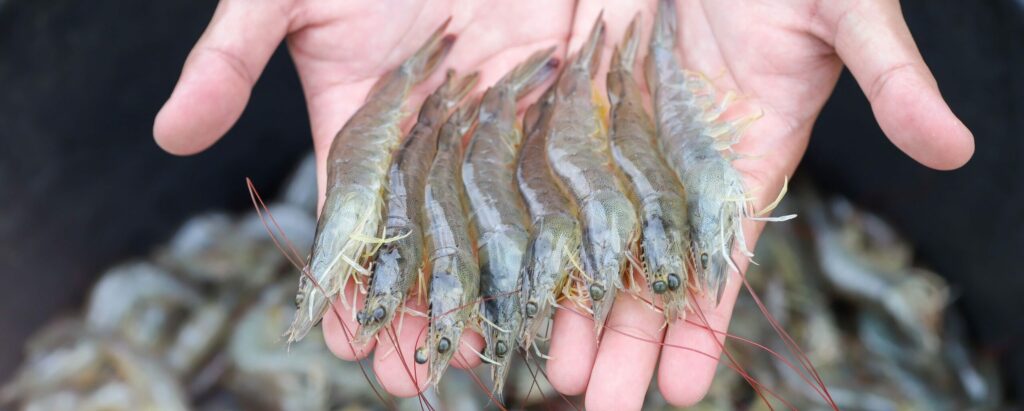
How is Olpheel Good packaged?
Olpheel Good is a powder that can be mixed into your animal feed directly on the farm. The use of specific binders like fish oil is not needed. The incorporation rate depends on the application and the animal’s stage of production. Olpheel Good is not adapted for use in an aquafeed plant. For more information, please contact our technical team.
* Some packaging formats may not be available in all geographic regions.
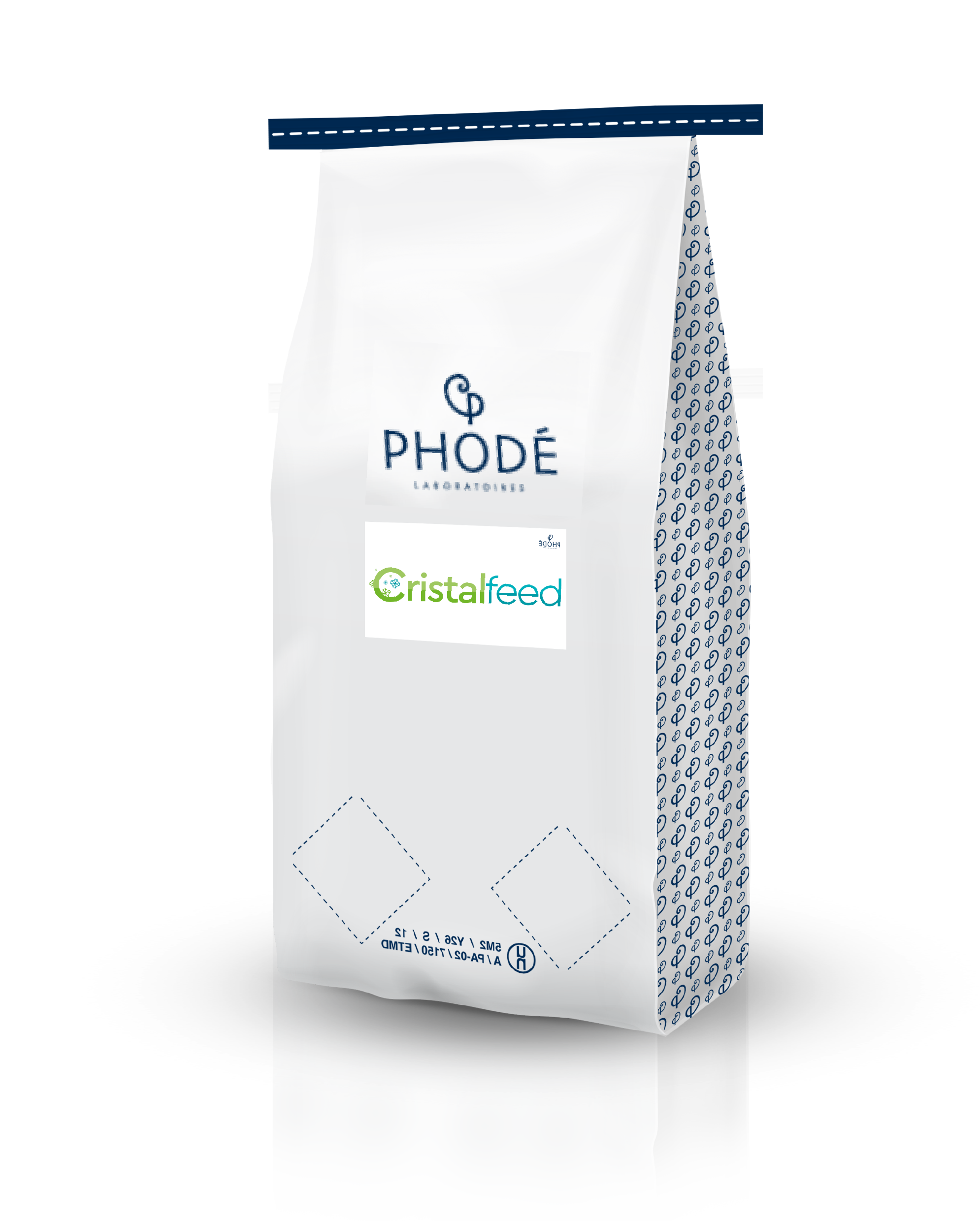
20kg bags of POWDER
For further
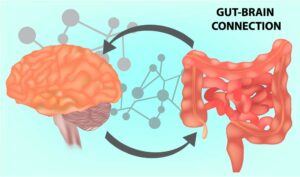
Microbiota and brain: how does their dialogue affect the farm animal?
In animal husbandry, there is frequent talk of balanced intestinal flora, of action on the microbiota in the interest of
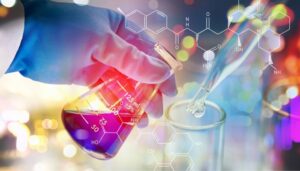
Antioxidants: Which dosage method should be used to assess their effectiveness in animal husbandry?
The use of antioxidants in animal husbandry is intended to counteract the deleterious consequences of free radicals from feed or

Manage stress in pigs to improve their welfare!
The Anses defines animal welfare as “the positive mental and physical state linked to the satisfaction of its physiological and
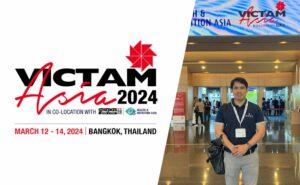
VICTAM Asia 2024
On March 12th, 13th and 14th 2024, was organized in Bangkok the second edition of VICTAM Asia fair. Phodé was
